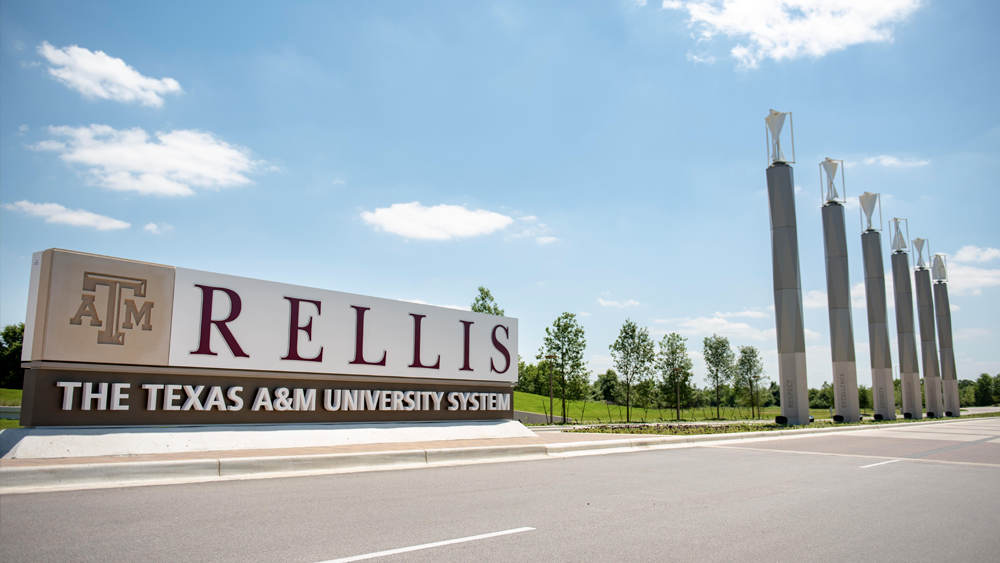
There is nothing glamorous about infrastructure, even these days as Congress debates the meaning of the word.
However, modern, high-quality infrastructure is critical to a vital strategic goal shared by The Texas A&M University System and the U.S. Army: to build a world-class ecosystem for military technology innovation on the RELLIS Campus. It’s called the George H.W. Bush Combat Development Complex (BCDC).
The Texas A&M System Board of Regents took an important step toward this shared goal by appropriating $13.1 million for infrastructure improvements on the west side of RELLIS. The improvements will undergird two testing ranges for next-generation technology: the Innovation Proving Ground (IPG) and the Ballistic, Aero-optics, and Materials (BAM) Test Range.
The infrastructure package includes basic improvements — water, sewer and electrical power — to areas around the runways of the former Army and Air Force base. It also includes fiber cabling to fully support 5th-generation (5G) internet capabilities.
“5G is really important to our partners and potential partners,” said Ross Guieb, a retired Army colonel serving as BCDC executive director. “The intel community, DoD (Department of Defense) and defense industry leaders are all watching closely with interest and excitement.”
Army commanders and other U.S. military leaders eagerly await the completion of the BCDC over the next several years. The $200 million complex is the result of a partnership between the U.S. Army Futures Command and the Texas A&M System, Texas A&M Engineering Experiment Station and the State of Texas.
The BCDC includes the IPG, the BAM and other facilities that will bring together researchers from U.S. universities, the military and the private sector for collaboration, demonstrations and high-tech testing of military prototypes.
The Regents also approved three amendments to enhance BAM’s instrumentation for research and testing.
BAM will host enclosed testing of hypersonic vehicles, directed-energy beams and the impact that hypersonic blasts have on various materials.
The changes improve the tube’s rail guidance system, add blast target tanks and a soft catch assembly that will safely recover flown objects for post-flight analysis and data collection.
The combined cost of the changes is $3.5 million, bringing the total estimated cost to about $42.5 million.
At one kilometer long and 2.5 meters in diameter, BAM will be the nation’s largest enclosed hypersonic test range. It will bridge a critical gap in U.S. research capacity between lab-scale experiments and open-range tests, which can cost tens of millions of dollars per test.
